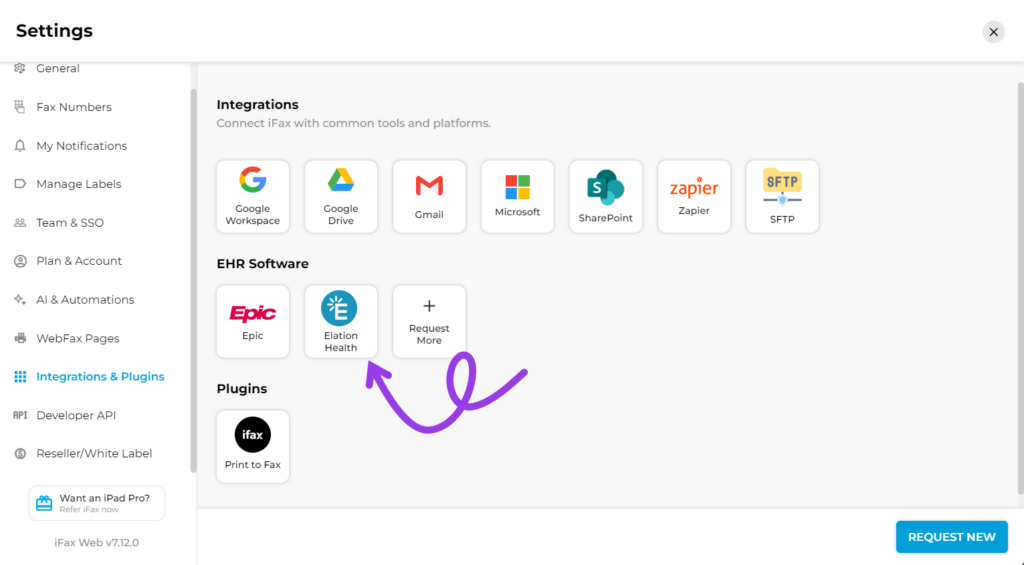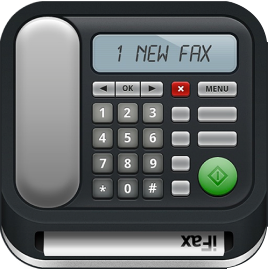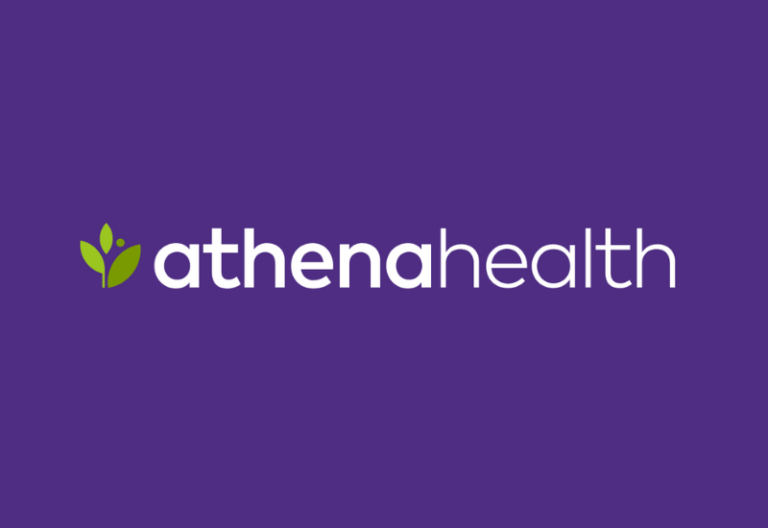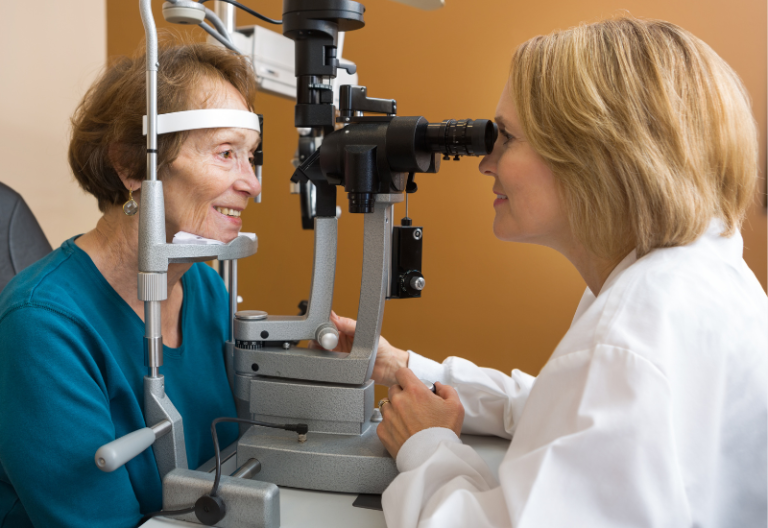Electronic Health Records (EHRs) have transformed how healthcare providers manage patient information. No longer confined to paper charts, an EHR provides a digital system for storing, updating, and securely sharing medical data. In this guide, we’ll explore the electronic health record definition, its key functions, benefits, challenges, and the role solutions like iFax play in supporting compliance and security.
Table of Contents
What are Electronic Health Records (EHRs)?
If you’ve ever wondered what is electronic health record technology, the answer lies in its role as the digital backbone of modern healthcare. An Electronic Health Record (EHR) is a digital version of a patient’s paper chart, designed to provide secure, real-time access to health data.
Unlike traditional files, an EHR goes beyond just documenting visits. It integrates medical history, diagnoses, lab results, medications, and treatment plans into a single centralized system.
For instance, using an EHR, a doctor can view a patient’s allergy history before prescribing medication, ensuring safer and more effective care.

Key Features of Electronic Health Records
EHRs centralize and streamline healthcare data so it is accurate, secure, and accessible whenever needed. Unlike paper charts, EHRs are designed not only to store information but also to support clinical workflows and decision-making actively. Some of the most important features include:
- Patient history and demographics: EHRs consolidate information such as past visits, diagnoses, allergies, test results, and personal details. This comprehensive view provides providers with quick access to a patient’s complete medical history.
- Clinical decision support tools: These built-in alerts and reminders help clinicians make safer choices. For example, an electronic health record system would flag a potential drug interaction before a prescription is finalized.
- Order entry and e-prescribing: Instead of handwritten notes, providers can directly enter lab orders and prescriptions into the system. This reduces errors, speeds up processing, and ensures that pharmacies receive clear and accurate instructions.
- Interoperability: A vital electronic health record function is the ability to share data across hospitals, clinics, labs, and even pharmacies. This seamless exchange enhances care coordination, particularly when patients transition between providers.
- Audit trails and access controls: EHRs track every access and modification to patient records. This ensures accountability and compliance with healthcare regulations like HIPAA.
Together, these features illustrate how EHRs function not just as digital storage but as dynamic tools that improve patient safety, streamline operations, and support better health outcomes.

Benefits of EHRs for Healthcare Providers and Patients
The adoption of EHRs has reshaped the way healthcare is delivered, offering advantages for providers, patients, and the system as a whole.
For providers: EHRs streamline workflows by reducing reliance on manual paperwork, allowing doctors and staff to spend more time on patient care. Access to complete and organized records improves clinical decision-making, enabling providers to spot patterns, track progress, and make informed treatment choices. Features like e-prescribing and real-time lab integration also minimize delays and reduce costly errors.
For patients: With patient portals and digital access, individuals can review their medical histories, lab results, and treatment plans at any time. This transparency fosters stronger communication with providers, leading to more collaborative care. Patients also benefit from safer treatments, as EHRs can flag allergies or harmful drug interactions before they occur.
For the healthcare system: At a broader level, EHRs improve care coordination across facilities. When data flows seamlessly between hospitals, labs, and pharmacies, duplication of tests and procedures decreases, saving time and reducing costs. Over the long term, better data management contributes to more efficient resource allocation and improved population health outcomes.

Common Challenges with Electronic Health Records
While EHRs bring significant improvements, they are not without obstacles. Many providers face steep upfront costs for implementation, as well as the ongoing expenses of system updates and staff training. Complexity can also be a barrier. Some platforms are difficult to navigate, which may frustrate clinicians and slow adoption.
Another major challenge is interoperability—ensuring records can be shared smoothly across different EHR platforms. Without this, providers may still experience gaps in patient information. Finally, safeguarding sensitive health data remains a top priority. Compliance with HIPAA and other regulations requires strong security measures, such as encryption, access controls, and regular audits, to prevent data breaches.
The Future of Electronic Health Records
Looking ahead, the future of EHRs is driven by innovation. Artificial intelligence and predictive analytics will enable systems to identify risks earlier, suggest personalized treatments, and even automate routine administrative tasks. Mobile-first and cloud-based EHR platforms will enhance patient access, making health records more manageable on smartphones and tablets.
The long-term vision is clear: an interconnected healthcare ecosystem where EHRs integrate seamlessly into daily practice, reduce administrative burdens, and enhance both patient safety and provider efficiency. With continued advancements, electronic health records are set to become not just a storage tool but a powerful partner in delivering smarter, more proactive care.

How iFax Supports EHR Compliance and Security
Healthcare organizations often need to exchange patient records outside their EHR systems, such as when sharing data with insurers, specialists, or external facilities. This is where iFax’s EHR fax integration provides a seamless and secure solution.
iFax enables providers to send and receive faxes directly from leading EHR platforms, such as Epic, Cerner, and Elation Health, without relying on physical fax machines or manual uploads. With features such as automated fax routing, OCR for extracting patient details, and direct EHR syncing, iFax reduces administrative burden while keeping sensitive data secure.
Every fax sent through iFax is protected with end-to-end encryption, audit trails, role-based access, and signed BAAs, ensuring full HIPAA compliance. By complementing any electronic health record (EHR) system, iFax gives healthcare organizations the confidence to share PHI securely while improving workflow efficiency.
Ready to streamline your EHR workflows with secure faxing? Start your free iFax trial today and see how it can help your organization stay compliant while saving time.







